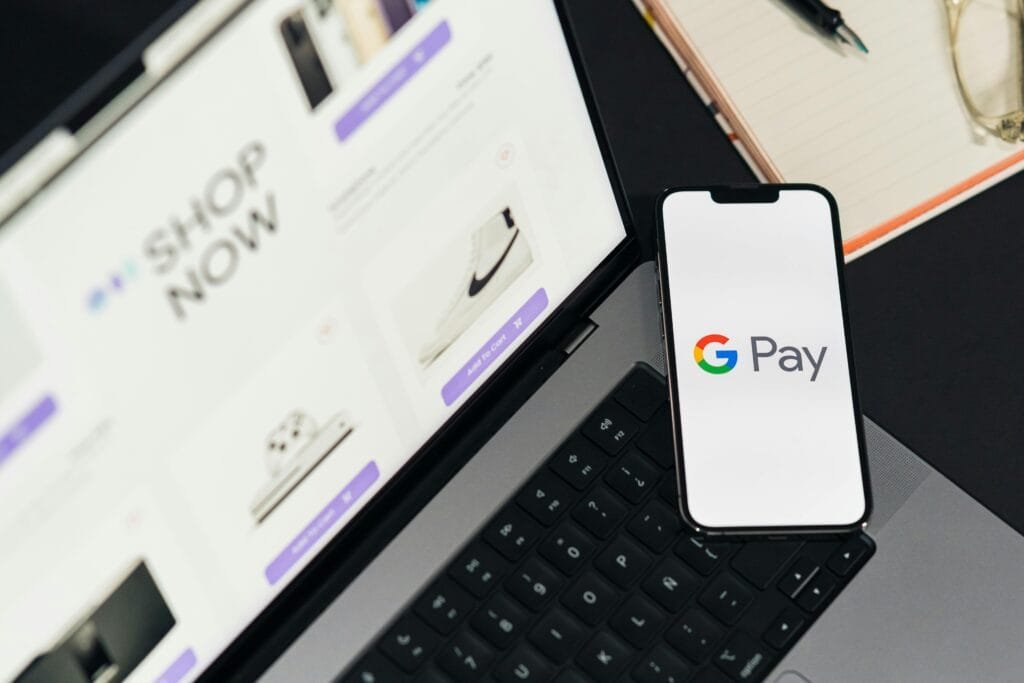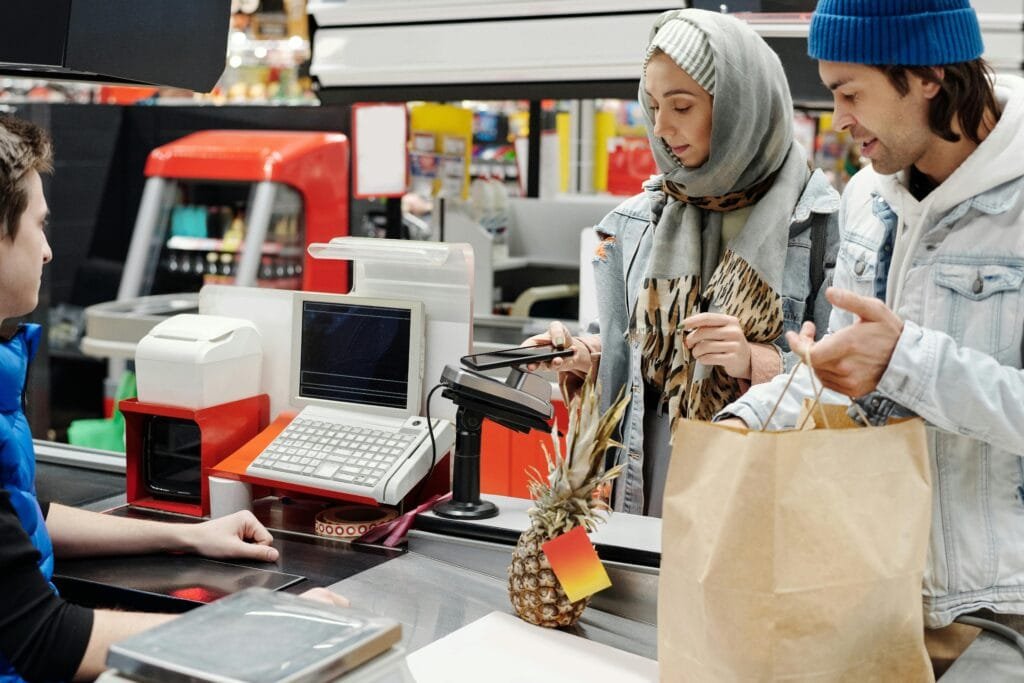
There was a time, not too long ago, when cash ruled our wallets and cards felt like the pinnacle of convenience. You would carry a bulky wallet filled with bills, coins, loyalty cards, and receipts, and if you forgot it at home, you were stuck. Fast forward to today, and all of that has been replaced by something that fits neatly into your palm: a smartphone.
Digital wallets have quietly and quickly become a part of our daily lives. Whether you’re buying coffee at a café, shopping online, or paying for a cab ride, there’s a good chance you’re not reaching for your physical wallet anymore. Instead, you are tapping your phone, scanning a QR code, or clicking “Pay” on an app.
And as this technology continues to evolve and expand, many are asking a simple but important question: Are digital wallets just a convenient payment option, or are they the future of how the world transacts?
What is a Digital Wallet?
A digital wallet (also called an e-wallet) is a software-based system that securely stores users’ payment information, such as debit/credit card details, banking info, loyalty points, or even cryptocurrency. It allows users to make payments digitally, often through a smartphone or wearable device.
Popular digital wallets include:
- Apple Pay
- Google Pay
- Samsung Wallet
- Paytm, PhonePe, BHIM (India)
- PayPal
- Venmo (USA)
- Alipay, WeChat Pay (China)
With just a few taps, you can pay at retail stores, order online, transfer money to friends, or even pay bills—without ever needing your physical wallet.
Why Digital Wallets Are So Popular?
The global shift to digital payments has been accelerated by a few key factors:
1. Convenience and Speed
Carrying a phone is second nature today. With a digital wallet, there’s no need to fumble through cards or count cash. Just unlock your device, tap, and go. It’s especially helpful for contactless payments in stores, metros, tolls, and cafes.
2. Secure Transactions
Contrary to what some may think, digital wallets are generally more secure than physical cards. They use tokenization, biometric authentication (like Face ID or fingerprint), and encryption to keep data safe. Even if your phone is lost, most wallets require verification before they can be used.
3. Cashless Push During the Pandemic
COVID-19 changed consumer behavior dramatically. With a focus on hygiene and contactless interactions, digital wallets saw a massive surge. QR codes became a norm, even in roadside stalls and small-town grocery stores.
4. Incentives and Rewards
Many digital wallets offer cashback, discounts, and loyalty points. Apps like Google Pay and Paytm reward users for regular transactions, which encourages adoption.

Global Growth of Digital Wallets
The numbers speak for themselves.
In India, digital wallets grew exponentially after demonetization in 2016, and further with UPI (Unified Payments Interface). Today, apps like PhonePe and Google Pay dominate both rural and urban markets.
In China, over 80% of payments are made using digital wallets like Alipay and WeChat Pay. Street vendors, high-end retailers, and even beggars use QR codes!
In the United States, PayPal and Apple Pay are the most widely used, especially for online purchases and peer-to-peer transfers.
According to Statista, the number of digital wallet users is expected to cross 5.2 billion by 2026, representing over 60% of the global population.
Challenges and Concerns
While digital wallets offer convenience and innovation, they also come with their own set of challenges.
1. Dependence on Technology and Internet Connectivity
One of the biggest drawbacks of digital wallets is their reliance on smartphones and stable internet connections. In many parts of the world, particularly rural or remote areas, access to high-speed internet and smartphones is still limited. A simple power outage, weak signal, or software glitch can prevent you from making a payment when you need it most. This makes it risky to rely solely on digital wallets, especially during emergencies or travel.
2. Cybersecurity Threats and Fraud
As digital wallets grow in popularity, they become increasingly attractive targets for cybercriminals. Phishing scams, fake wallet apps, malware, and social engineering attacks are all on the rise. In some cases, users unknowingly give away OTPs (one-time passwords) or PINs to fraudsters posing as customer support agents.
3. Data Privacy and Surveillance
Every digital transaction generates data, what you buy, how much you spend, where you shop, and how often. This information can be used to personalize services, offer discounts, or improve the user experience. But it also raises major concerns about data privacy and surveillance. With the rise of data-driven marketing and AI, there’s a fine line between personalized service and invasive tracking.
4. Limited Merchant Acceptance (in some regions)
While digital wallets are widely accepted in many cities, their usage is still uneven in smaller towns or less-developed countries. Not all merchants, especially small or informal businesses, are equipped to accept digital payments. Some may lack the infrastructure, while others prefer cash to avoid transaction fees or tax reporting.
6. Interoperability Issues
Another concern is the lack of interoperability between different wallets and platforms. In many markets, wallets operate in silos—meaning you can’t send money from Paytm to Google Pay, or from Apple Pay to a local wallet. This creates friction for users and limits the potential of seamless, universal digital payments. Governments and fintech regulators are starting to address this through initiatives like India’s UPI or Europe’s push for open banking, but global standardization is still far off.

What’s Next for Digital Wallets?
As technology evolves, digital wallets are becoming more than just payment tools. They’re transforming into super apps, offering insurance, stock trading, crypto storage, ticket booking, bill payments, and more in one place.
Future trends include:
Wearables: Smartwatches and fitness bands are already replacing phones for quick payments.
Voice-activated transactions: Soon, you could pay your bills just by telling Alexa or Siri.
Biometric payments: Face and fingerprint recognition for faster, password-less payments.
Cross-border compatibility: Fintech companies are working on making wallets work globally, imagine paying in a different country with no foreign exchange hassle.
Digital wallets are undeniably the future of payments, but they won’t completely replace other methods anytime soon. And their potential to simplify transactions, empower users, and drive financial inclusion is immense.








Leave a Reply